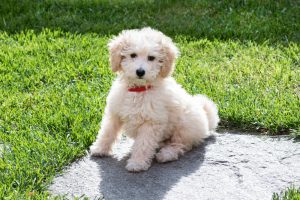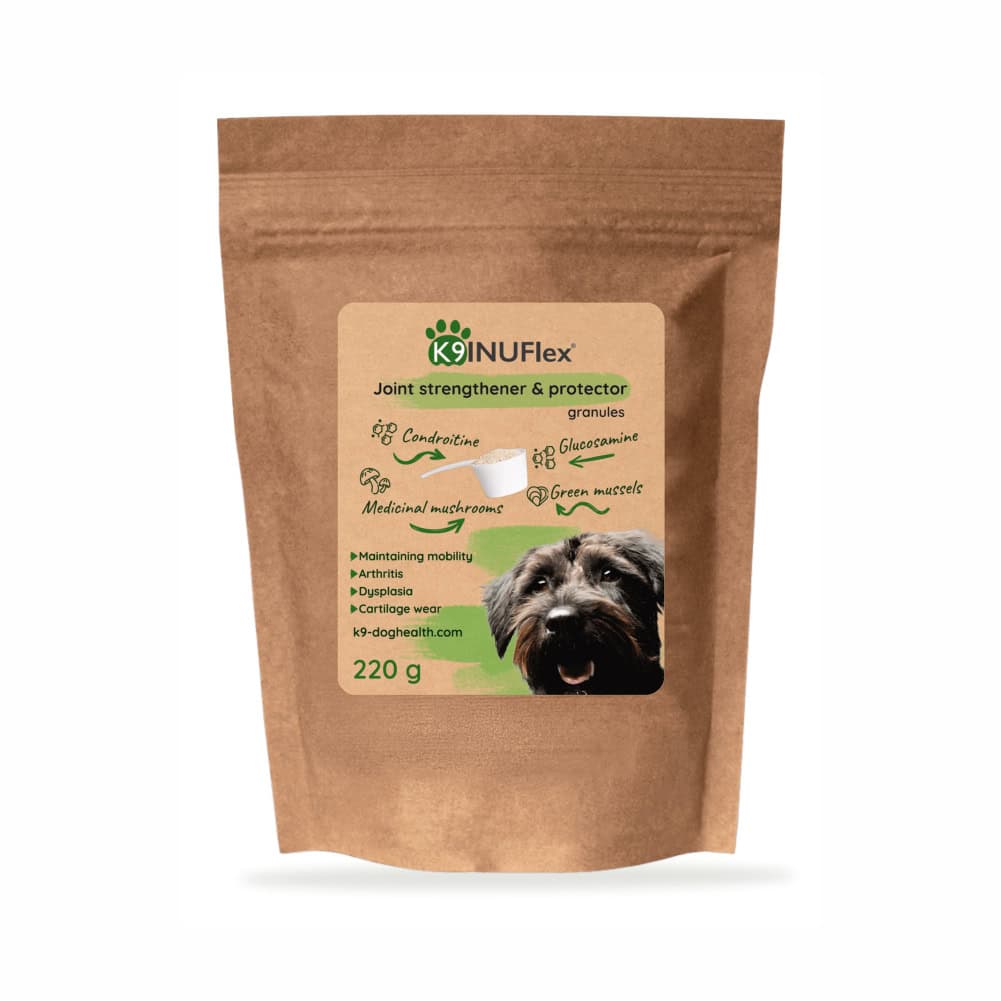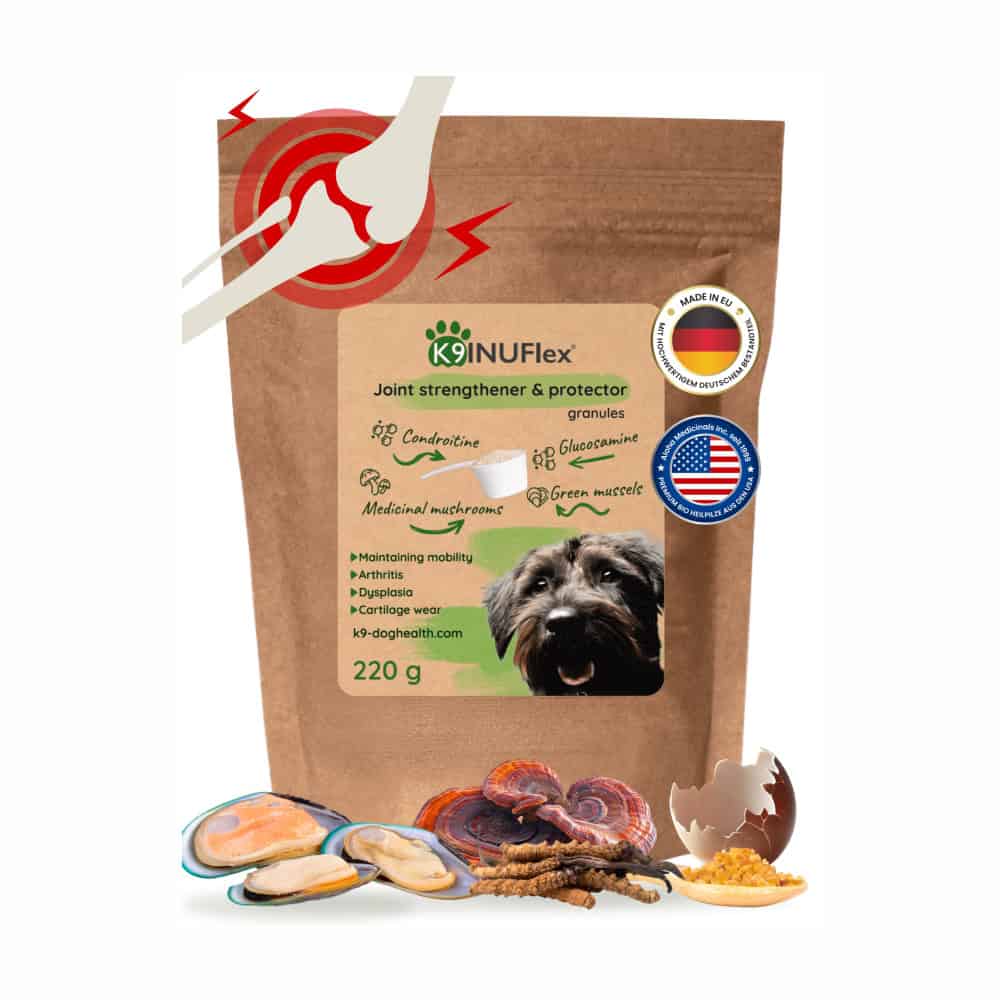Separation from the litter is the biggest stress a puppy faces in the early stages of life. Until now, the mother provided all the safety and comfort. After separation, this responsibility passes to the new caregiver. The moment of leaving behind the mother and siblings causes enormous emotional stress.
Even our ancestors recognized the significance of this sensitive period – and how it can bring people and dogs closer. The puppy should be allowed to seek contact on its own terms and find safety in the new human companion. From there, they can slowly start exploring their new home. This process works best if the caregiver has set aside enough time for the puppy’s arrival. It’s important to retreat from distractions and create a calm, quiet space where both puppy and person can bond peacefully.
The “welcoming period” can last several days. It depends on the puppy’s nature and the caregiver’s sensitivity. In the first few days, avoid overwhelming the puppy with affection. Let them come to you when they feel ready. Once that connection begins to form, everything else follows naturally. Take your time, be patient, and let the puppy discover its surroundings at its own pace. You’ll avoid many future problems this way.
Establishing boundaries

From day two or three, it’s time to gradually introduce the rules of cohabitation. The household should agree on the puppy’s space and limitations. Don’t enforce overly strict rules right away. Allow the puppy to participate in everyday life – even in intimate moments – to help them understand how human social life works.
We communicate constantly, even without realizing it. If a dog learns to recognize some of our signals and ignore others, they’ll develop a stronger, more secure bond with us.
You don’t need to define the dog’s permanent living space until around six months of age. Everything before that is the adjustment phase. This is when the puppy encounters most of life’s stimuli – lights, sounds, smells – and begins to form their reactions. Even a light breeze can be exciting at this age.
Bonding with your new puppy
Don’t worry if you feel you’re giving the puppy “too much freedom” early on. That’s not what causes problems. Many people fear their dog will become dominant, but that usually results from inconsistency – not early trust.
Most puppies grant their new humans the kind of trust given to a leader. Unfortunately, humans often lose this trust quickly, through overprotection, spoiling, or inconsistent behavior.
Puppy – The first walks
During the early walks, the puppy clings closely to you. They seek safety around your legs. But as confidence grows, they start to wander. Many owners make the mistake of chasing after them to “protect” them. Instead, early training should include gradually increasing distance, hiding, and allowing the dog to feel the discomfort of being left behind. That way, later on, a simple turn of your heel will bring the puppy running back.
Chasing after your puppy shows them that you fear losing them – not the other way around. But no true leader runs anxiously after a straying pack member. Next time you visit a dog park, watch closely. You’ll see how many owners lose their dog’s respect without even realizing it – simply because they don’t understand what kind of signals they’re sending.
What to focus on in the first 6 months
In the first six months, feel free to allow looser rules than you expect to keep later. The key is consistency – whatever rules you set, stick to them. Most importantly, use this time to introduce your puppy to as many new experiences as possible. That’s the real foundation of a confident, well-adjusted dog.
If you want to deepen the bond with your new puppy, find out what kind of owner a dog really wants or explore the unique relationship between humans and dogs. Learn what tail wagging really means and why it’s important to support joint health from an early age.
And while your puppy is busy exploring the garden, don’t forget about protection against ticks and fleas.




